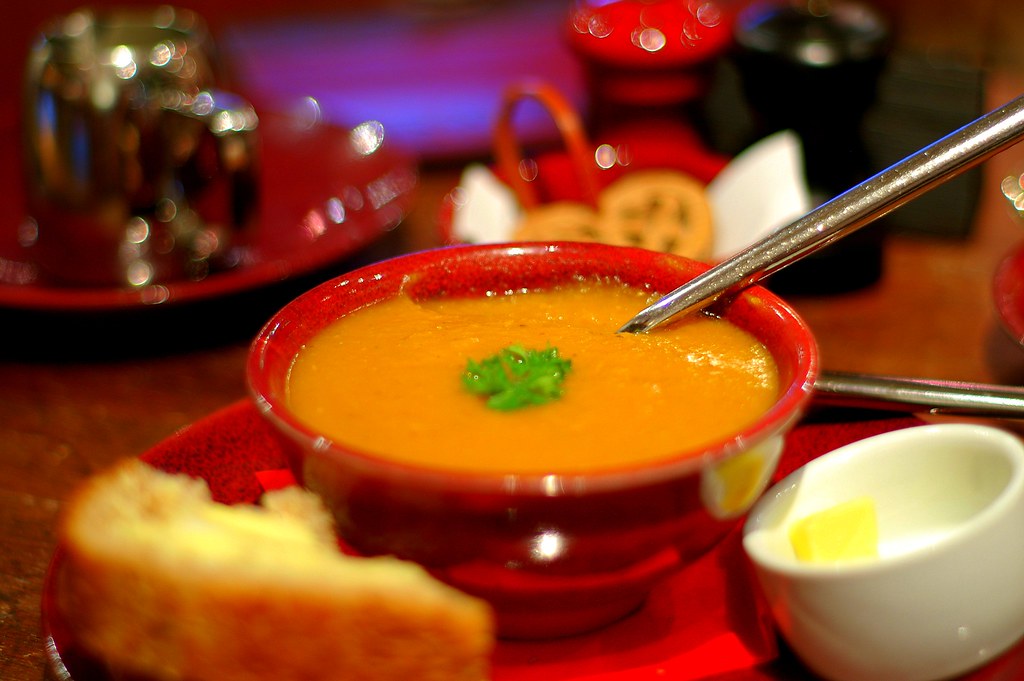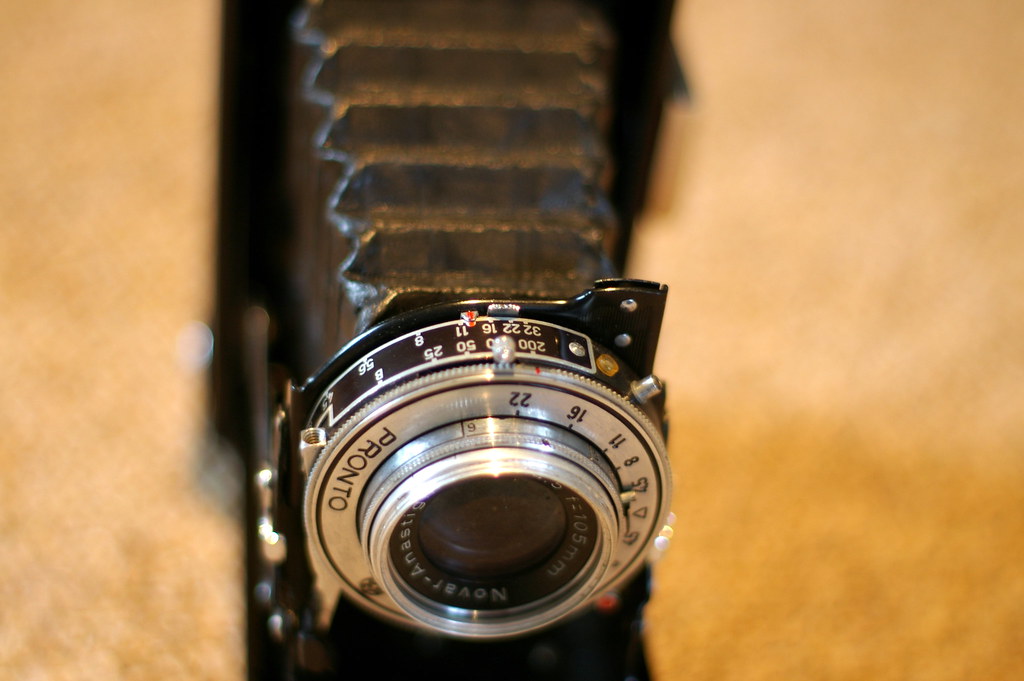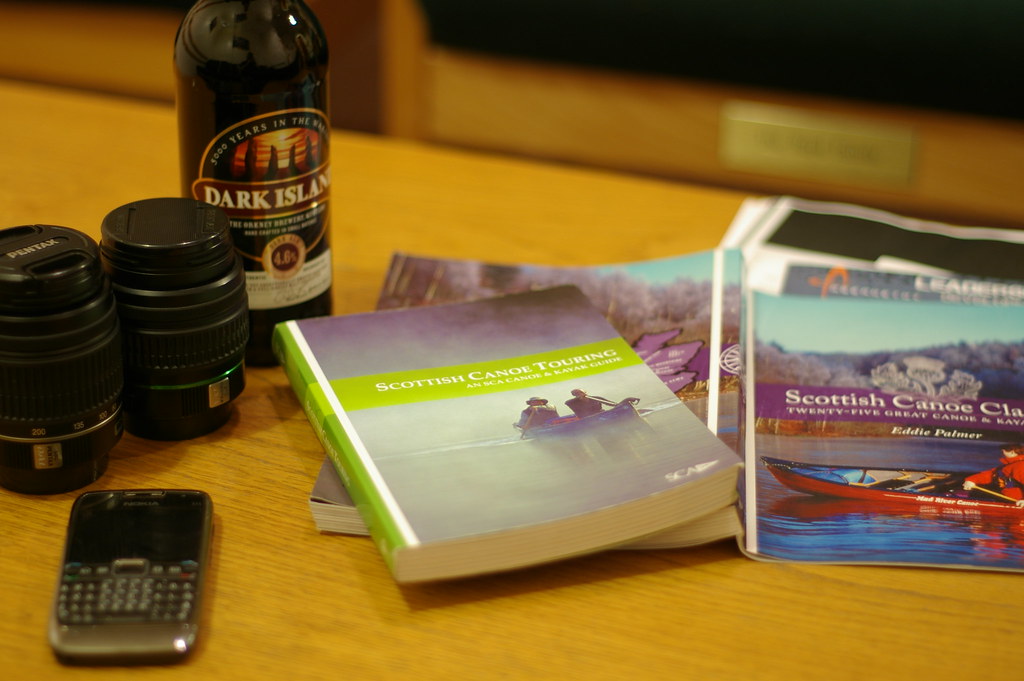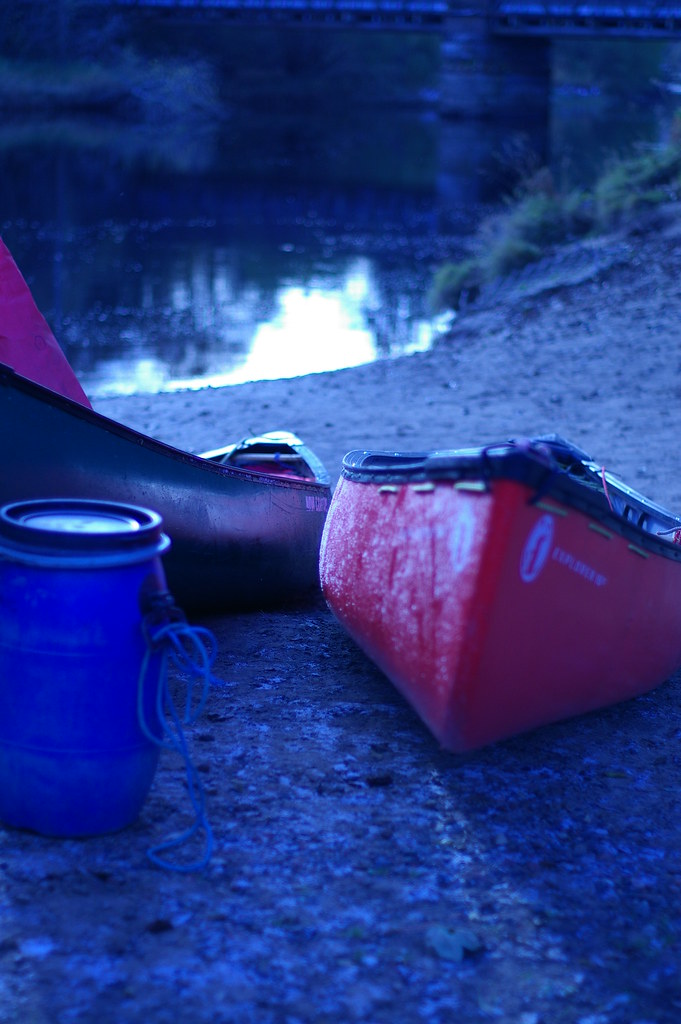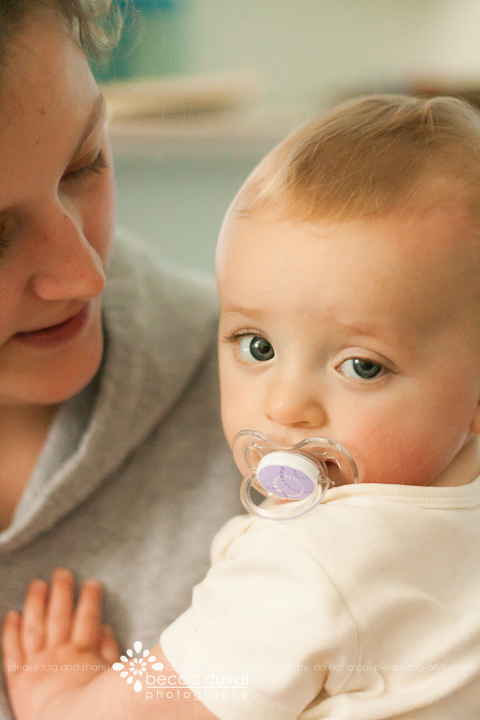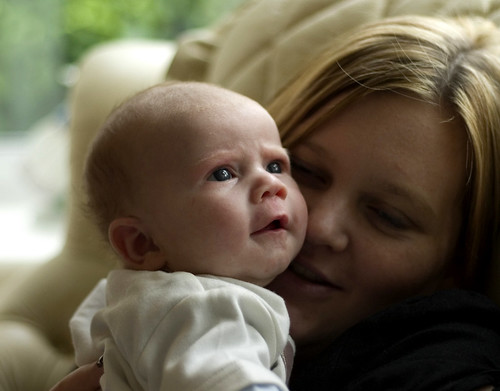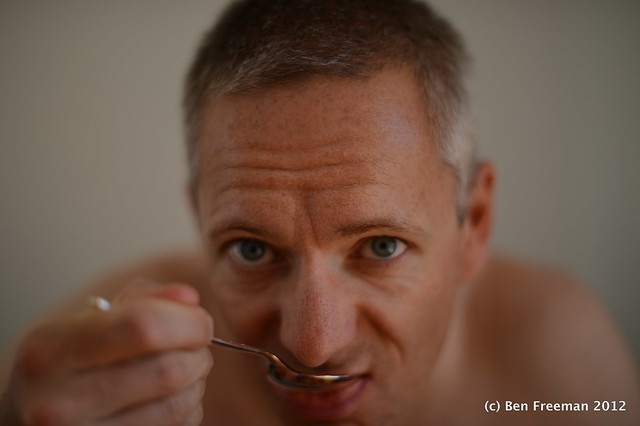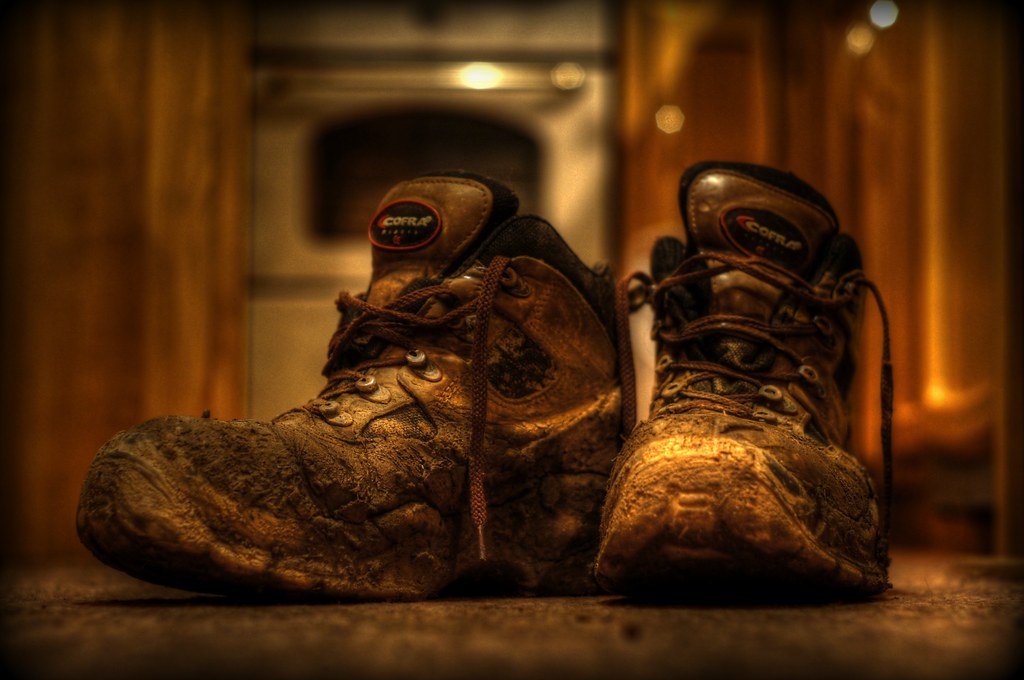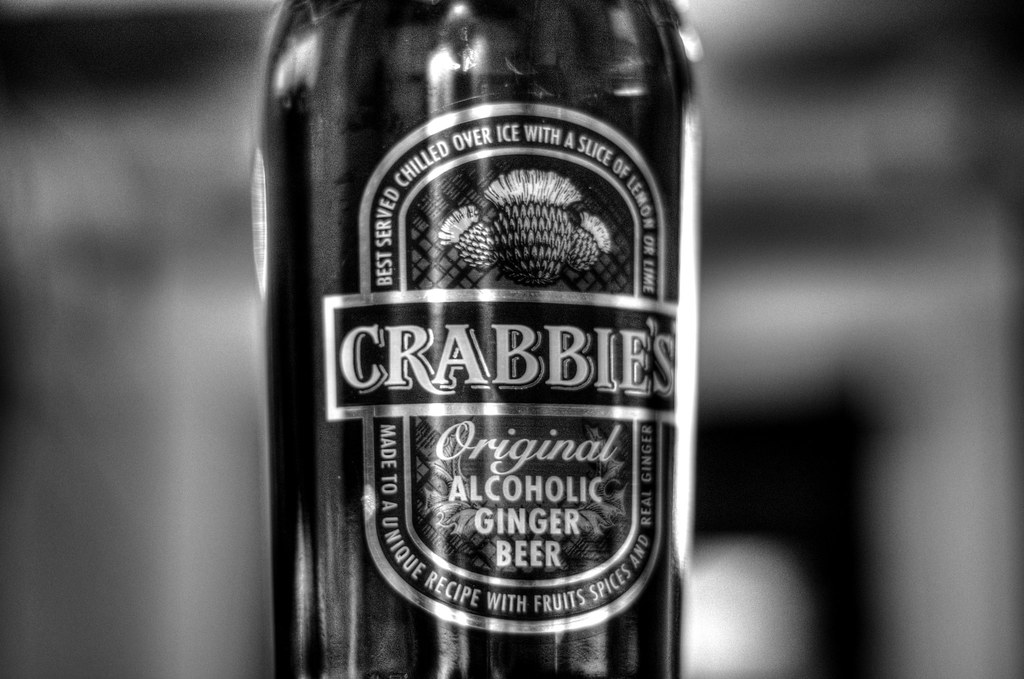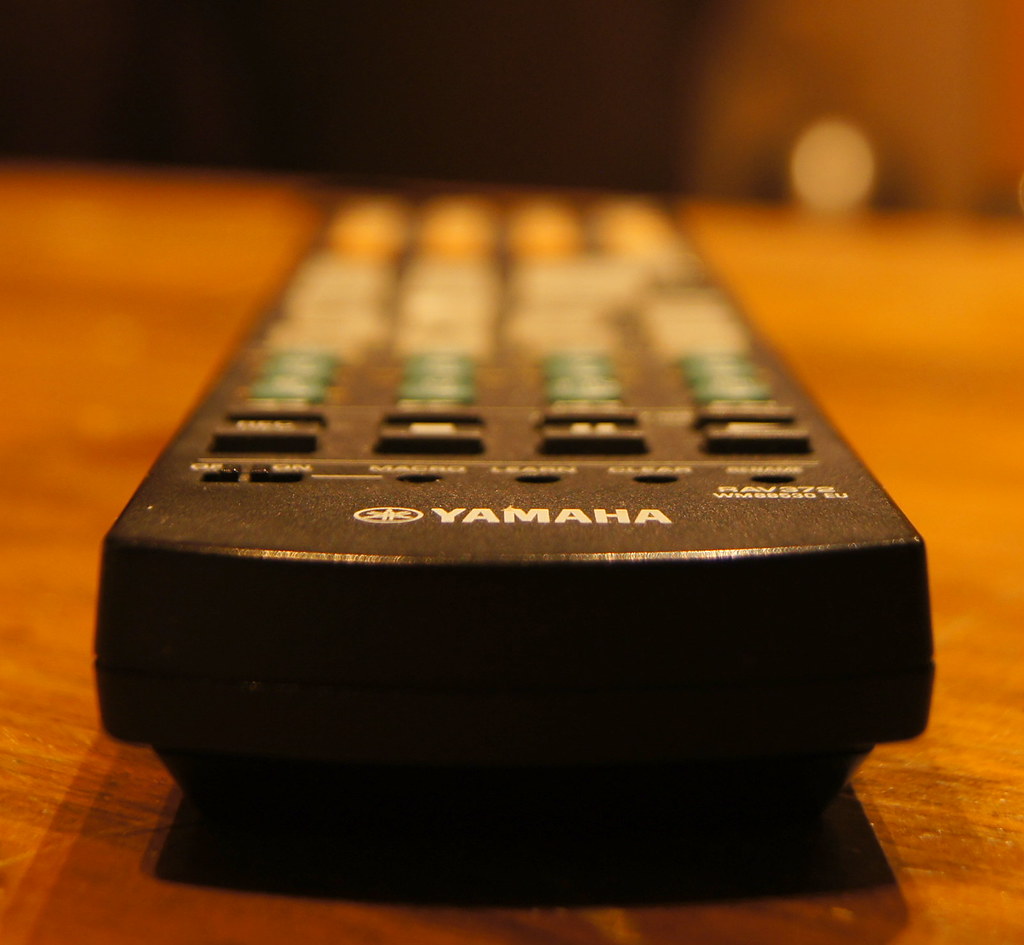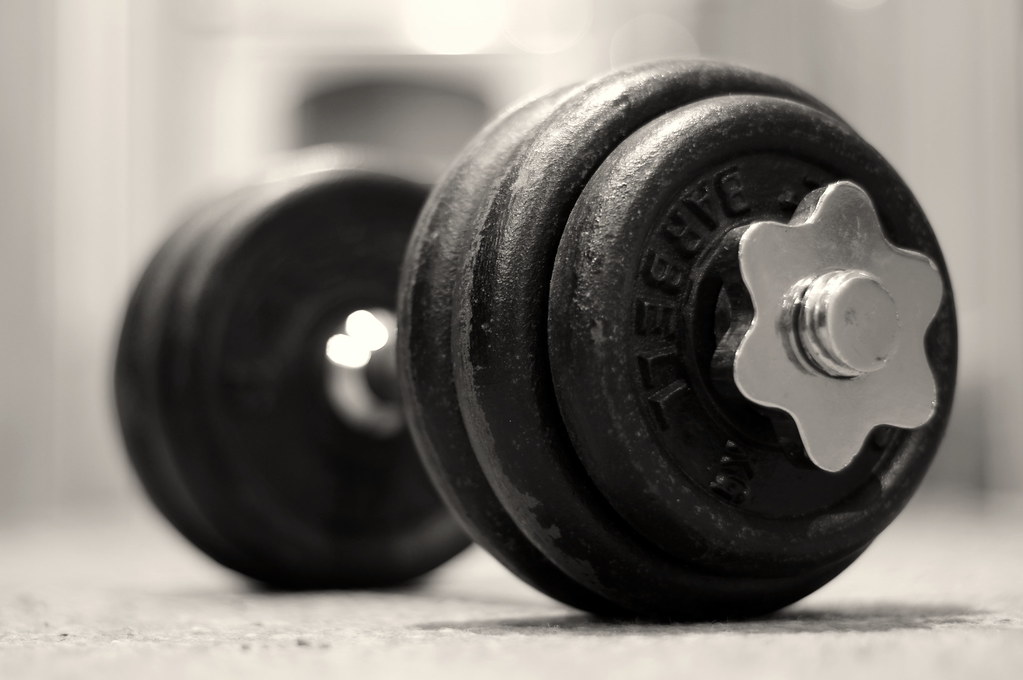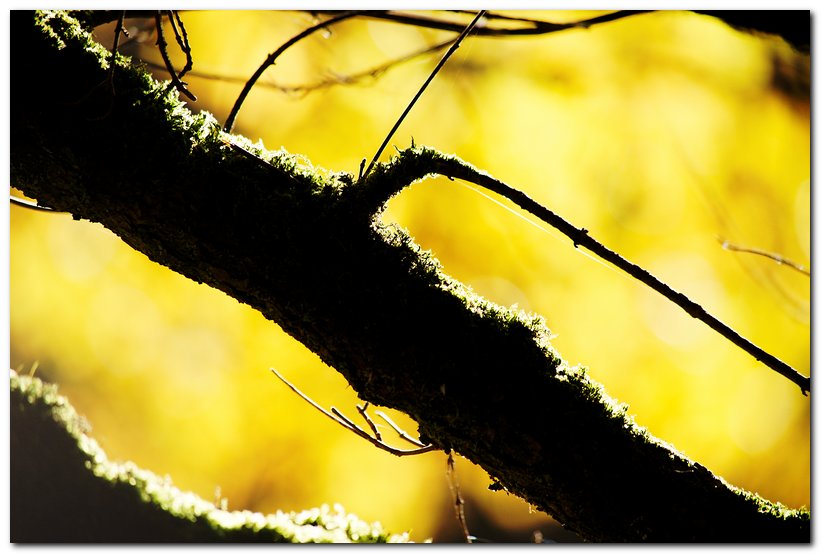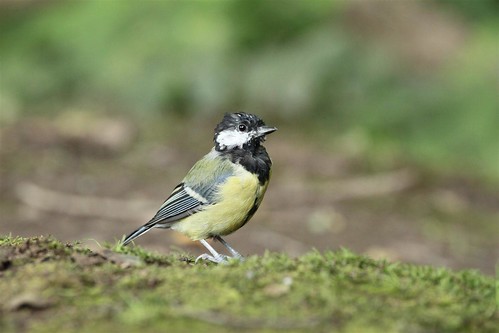- This topic has 30 replies, 16 voices, and was last updated 10 years ago by 5thElefant.
-
Photography tips- how to get nice bokeh with 50mm prime
-
organic355Free MemberPosted 10 years ago
Just got a canon 50mm f/1.8 for my 700d.
Baby due in December so need to become proficient in portrait photography ASAP. (Yeah I know I’ll be sleeping in my spare time)
Looking for general tips using a 50mm prime and also how to get nice bokeh? Do I need to stop the lense back to
2.8 to get bokeh effects, or is it simply having a point light source behind the subject?footflapsFull MemberPosted 10 years agoYou get the best bokeh at f2.8. As for how good it is, that depends on the lens itself e.g. number of blades used to control aperture and their profile etc.
leffeboyFull MemberPosted 10 years agoYou might want a longer lens as well as you tend to have to get close to babies to fill the frame
durhambikerFree MemberPosted 10 years agoHad a Canon 50mm f1.8 mk2 for about 6 years. Not used it in a long time due to hardly touching my SLR stuff for quite a while, but it’s a lens I love. Cheap but gives good results
molgripsFree MemberPosted 10 years agoTo get the blurriest background, you want the shallowest depth of field and background to be a long way from it.
Focusing on a close subject makes the DoF narrower, so you want to take a close-up with nothing in the background, and you’ll be sorted. This applies to any lens and camera incidentally.
footflapsFull MemberPosted 10 years agoYep, I misread your OP as f2.8 when it’s a f1.8 lens, so the bokeh is best at 1.8.
5thElefantFree MemberPosted 10 years agoWhat mol said, plus if you have sources of light in the background you’ll the that dreamy dappled look.
organic355Free MemberPosted 10 years agoI heard or read that if the lens is fully open points of light will be circles, if it’s stopped down you will get hexagons?
footflapsFull MemberPosted 10 years agoif it’s stopped down you will get hexagons?
From wiki-pedia:
The shape of the aperture has an influence on the subjective quality of bokeh as well. For conventional lens designs (with bladed apertures), when a lens is stopped down smaller than its maximum aperture size (minimum f-number), out-of-focus points are blurred into the polygonal shape formed by the aperture blades. This is most apparent when a lens produces hard-edged bokeh. For this reason, some lenses have many aperture blades and/or blades with curved edges to make the aperture more closely approximate a circle rather than a polygon. Minolta has been on the forefront of promoting and introducing lenses with near-ideal circular apertures since 1987, but most other manufacturers now offer lenses with shape-optimized diaphragms, at least for the domain of portraiture photography. In contrast, a catadioptric telephoto lens renders bokehs resembling doughnuts, because its secondary mirror blocks the central part of the aperture opening. Recently, photographers have exploited the shape of the bokeh by creating a simple mask out of card with shapes such as hearts or stars, that the photographer wishes the bokeh to be, and placing it over the lens.[11]
PimpmasterJazzFree MemberPosted 10 years agoHad a Canon 50mm f1.8 mk2 for about 6 years. Not used it in a long time due to hardly touching my SLR stuff for quite a while, but it’s a lens I love. Cheap but gives good results
Ditto the above, just with Nikon replacing Canon.
matt_outandaboutFull MemberPosted 10 years agoBokeh? £6 ebay manual lens. Lovely.
Lunch at the Watermill, Aberfeldy by matt_outandabout, on Flickr
Old Camera’s by matt_outandabout, on Flickr
Abernethy Ardeonaig staff training by matt_outandabout, on Flickr
Canoe river Spey by matt_outandabout, on Flickr
Canoe river Spey by matt_outandabout, on Flickrbob_summersFull MemberPosted 10 years agoSpeaking from recent experience, it’s hard to get bokeh when photographing babies as they’re never that far from the background, unless in Mum’s arms, etc. Once they can sit up it gets easier.
5thElefantFree MemberPosted 10 years agoNo bokeh in any of those!
Edit: if I was feeling generous I might give you the first two.molgripsFree MemberPosted 10 years agoRecently, photographers have exploited the shape of the bokeh by creating a simple mask out of card with shapes such as hearts or stars
Classy.. must try that!
molgripsFree MemberPosted 10 years agoRe babies, this is not a bad effort from a friend of a family member:
durhambikerFree MemberPosted 10 years agoThis was one of my first attempts with the Canon 50mm
robert-helen by durhambiker, on FlickrIvanDobskiFree MemberPosted 10 years agoI was under the impression that bokeh wasn’t merely the background being out of focus but also the definition of the shape of the aperture highlighted around the light sources?
footflapsFull MemberPosted 10 years agomolgripsFree MemberPosted 10 years agoBokeh is background blur. It can be pleasing, ugly, or weird.
organic355Free MemberPosted 10 years agoheres some test shots from this weekend, I feel sorry for my cats and nephews, but I need subjects to practice on!!
TuckerUKFree MemberPosted 10 years agoBoke (not with an h, that’s an Americanism because they can only say words how they are spelt) is not, I’m guessing, what you’re looking for.
You want, I think, a non distracting out of focus background so that your subject ‘pops’. Three things control this:
A. The ratio between your distance to subject, and subject distance to background. The shorter the former and longer the later the more out of focus your background will be.
B. Aperture. Larger apertures (smaller f numbers) mean less of the shot (distance wise) is in focus.
C. Background choice. A pastel uniform background will work better than a high contrast busy one.
Boke is controlled by the lens design, one lens may have a very smooth and pleasing rendition of out of focus highlights (AFS 50 mm f/1.4 G Nikkor ), another similar lens from the same manufacturer might have very harsh boke (MF & AF 50 mm f/1.8 Nikkor). Stanley Kubrick, liked to de-coat all his Nikon lenses as in his opinion it improved Boke.
TheArtistFormerlyKnownAsSTRFull MemberPosted 10 years ago
Boots – 28 of 365 by davetheblade, on Flickr
Crabbie’s – 26 of 365 by davetheblade, on Flickr
Yamaha by davetheblade, on Flickr
Dumbell by davetheblade, on FlickrmolgripsFree MemberPosted 10 years agoBoke (not with an h, that’s an Americanism because they can only say words how they are spelt) is not, I’m guessing, what you’re looking for.
You want, I think, a non distracting out of focus background
I thought boke was a Japanese word meaning ‘blur’? If so then he does want boke. What you are talking about is the quality of that boke.
Anyway you forgot two more points. Large aperture is helpful because it produces shallow depth of field, but there are other ways to control depth of field. If you are closer to your subject you get shallowe DoF and as 5e demonstrates in his second picture, a long focal length (ie telephoto) also gives a shallower DoF.
nbtFull MemberPosted 10 years agoTrue, but only if you have a long lens to start with
Young Great Tit by Notoriously Bad Typist, on FlickrF5.6, but a 300mm lens – that makes for a very shallow depth of field. f5.6 on a 50mm lens would result in the depth of field being much greater
5thElefantFree MemberPosted 10 years agof5.6 on a 50mm lens would result in the depth of field being much greater
Distance is the other factor. f5.6 at 50mm a few inches from the subject would give you a very narrow DOF.
But… the main factor is the distance of the background from the subject.
alfabusFree MemberPosted 10 years agotaken with my 17-55mm f2.8 – got some cracking shots with my 50mm f1.4 too 🙂
Bought both new lenses in time for the sprog arriving – figured if I was ever going to buy them, then that was the time!
Dave
molgripsFree MemberPosted 10 years agoYou also don’t want to go overboard with the shallow DoF. Close up with a large aperture you could get someone’s eyes in focus but their ears and tip of nose out. And it makes focusing really hard too – camera shake happens front to back too, and once you think you’ve got a focus lock you can still end up with out of focus shots.
Try taking a picture of something with regular markings, check fabric or a ruler or something, at an oblique angle. Then you can see exactly what’s going on with the DoF. It’s interesting to do.
5thElefantFree MemberPosted 10 years agoVery true. The obsession with narrow depth of field for portraits baffles me. You need to stop down to get an entire face in focus. It’s back to needing adequate distance to the background for subject isolation, not a wide apeture.
The topic ‘Photography tips- how to get nice bokeh with 50mm prime’ is closed to new replies.
